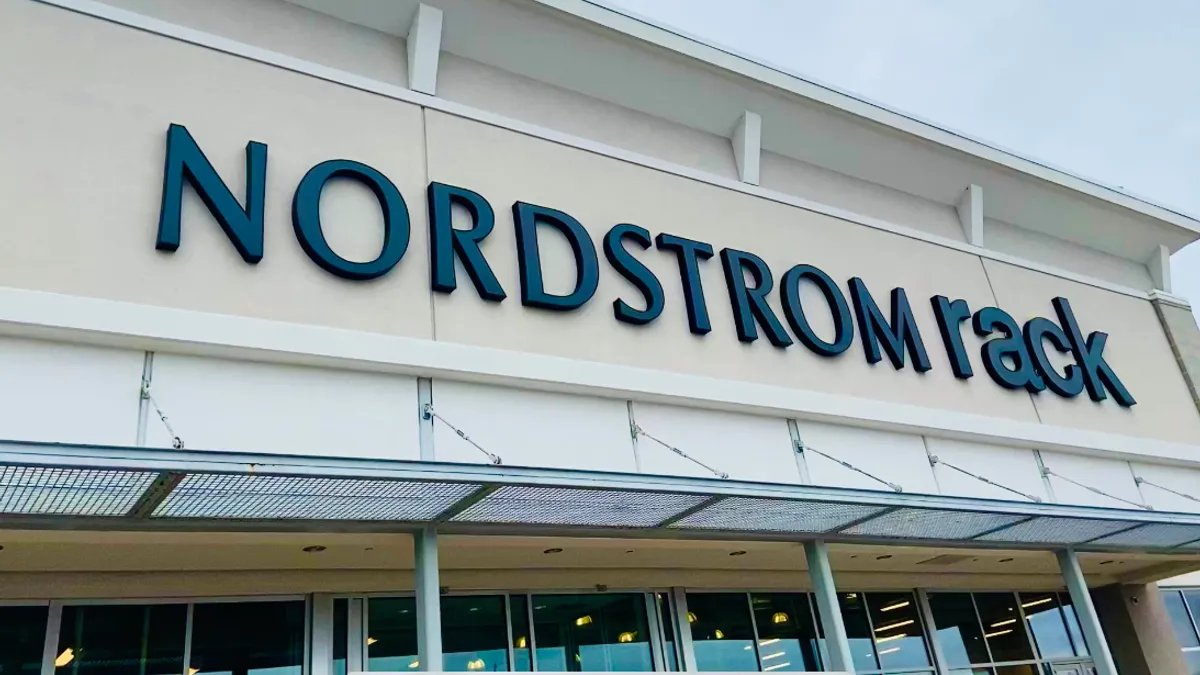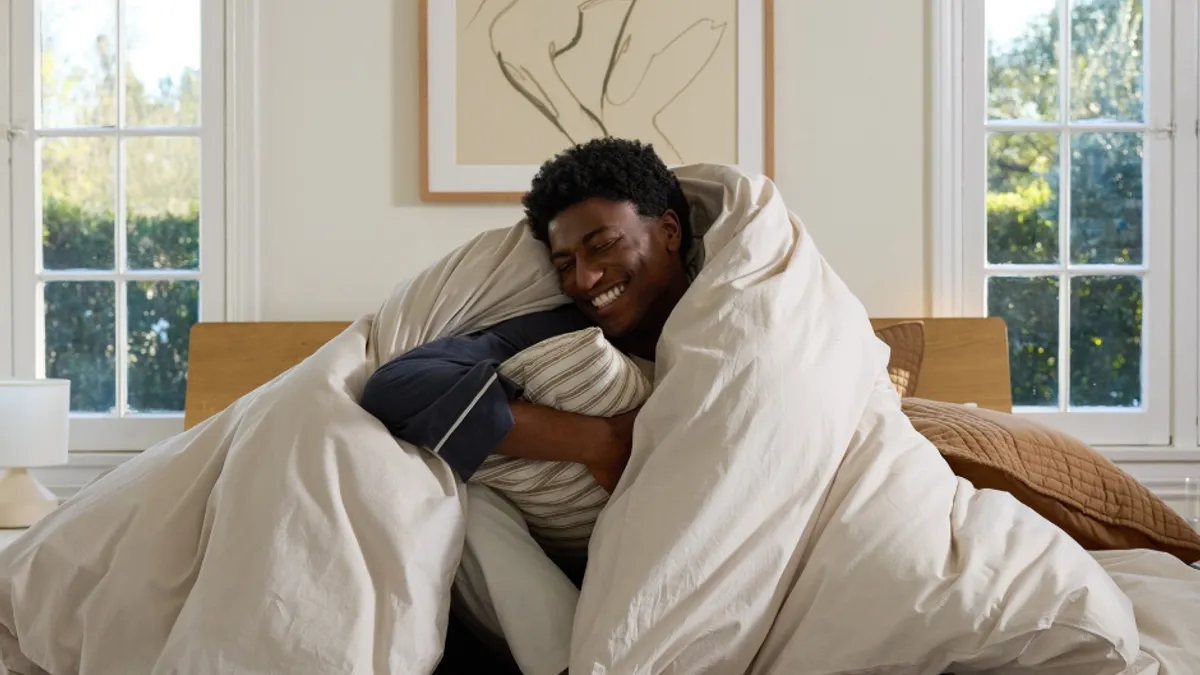What does a brand that once helped define American style do when its fans drift away and the younger generation takes little notice of it?
If you're Gap, you might turn to a fashion-minded hip-hop superstar, who once rapped about stealing from you when he worked in one of your stores as a youth, in order to surf his notoriety. If you're J. Crew, you might turn to a free-thinking, fashion-minded designer, who once made an impression on your chief executive when he worked in one of your stores as a youth, in a quest to find your next chapter.
"I don't know much about what Kanye's goal may be with the Gap collab," said Chris Echevarria, who started his DTC menswear company, Brooklyn-based Blackstock & Weber, in 2018. "But my goal, as somebody who's lesser known, is to be able to amplify ourselves through J. Crew's platform, as I give J. Crew something that they probably wouldn't have done, just through the eyes of a younger company that has a different perspective on where American menswear might be going at this point in time."
When Echevarria was still an undergraduate at the Fashion Institute of Technology, he worked at the J. Crew Liquor Store, a concept in Manhattan that recently closed, and caught the attention of J. Crew's then-CEO Mickey Drexler. Eventually Drexler tapped him to help out with the brand's In Good Company effort, where J. Crew explores collaborations, to help scout potential brand partners.
"We started having conversations about what I liked and the things that I saw on the market, and would have just off-the-cuff conversations," he said by phone. "He would stop into the store because it was his baby. I left there with a friend in Mickey and several people that worked for the company, so even while I was in school I was able to kind of create a stamp on that period of menswear that felt really important, before I even really got my feet wet in New York City."
The J. Crew collaboration features the men's loafers that are the cornerstone of Blackstock & Weber's assortment. The first iteration was released Friday, with another coming in mid-October; each pair retails for $345. Echevarria landed on the classic footwear as the ideal canvas for an updated shoe that could step away from the ubiquity of sneakers, while nodding to the way sneakers and streetwear are embedded in the culture.
"I wanted to not only provide those black and brown classics for people, but show them that the shoe is just as versatile as, say, your favorite sneaker," he said. "One of my favorite sneakers is the Air Force One. The Nike Air Force One has a deep history of media play, or color play. It's hundreds of colors, spanning years and years and years, just on this one silhouette. You can get them in white or black, and those are your staples. It's just a really good base."
He also leveraged streetwear's drops sales approach. Blackstock & Weber regularly releases its fresh takes on the loafer at noon on a Friday, and they sell out by 12:30. The retailer has forged several collaborations with other brands, "J. Crew being one of them," he said. "And those operators drop releases as well. So we've kind of created this thing where we are the people that have sort of reinstituted and made the loafer cool again."
Echevarria's faith in the staying power of an old-fashioned shoe reflects his belief that brands have ceded their own power to shape and reshape fashion. Elements of his designs, including the quality and sustainability of the fabric, reflect what's important to him, beyond their utility in marketing.
"One of the things that we've gotten away from in retail in general is being the people that show the way, as opposed to being a brand or a company that follows," he said. "Like when a brand starts to make one thing, and then others kind of try to shove themselves through the door before it closes. The thing that's really important here is that when I decided I wanted to do a loafer, my head instantly went to — how do I contextualize this differently from how people already know it? My goal is more about the contextualizing of what I view as staple menswear. So whether that be a loafer, whether that be a suit, whether that be a damn T-shirt, you know, how can I make this in a way that I could be proud of."
Echevarria remains undaunted by the serious challenges in his category, in part because he has spurred sales of a shoe that some men may have previously only seen in childhood, perhaps visiting their grandfathers or watching "Mister Rogers' Neighborhood."
"One of the things I love is seeing people that probably would never wear loafers, the comments or emails that I get saying, 'You prompted me to buy my first pair of loafers,'" he said. "Those are the things that I it do for. And I think those are the things that really make the difference in this industry, if we're going to carry menswear forward. We have to tell the story in a different way. Just as just as Ralph [Lauren] told the story in a different way, just as Tommy [Hilfiger] told the story in a different way. I'm going to tell this story in a different way, for our generation."






















